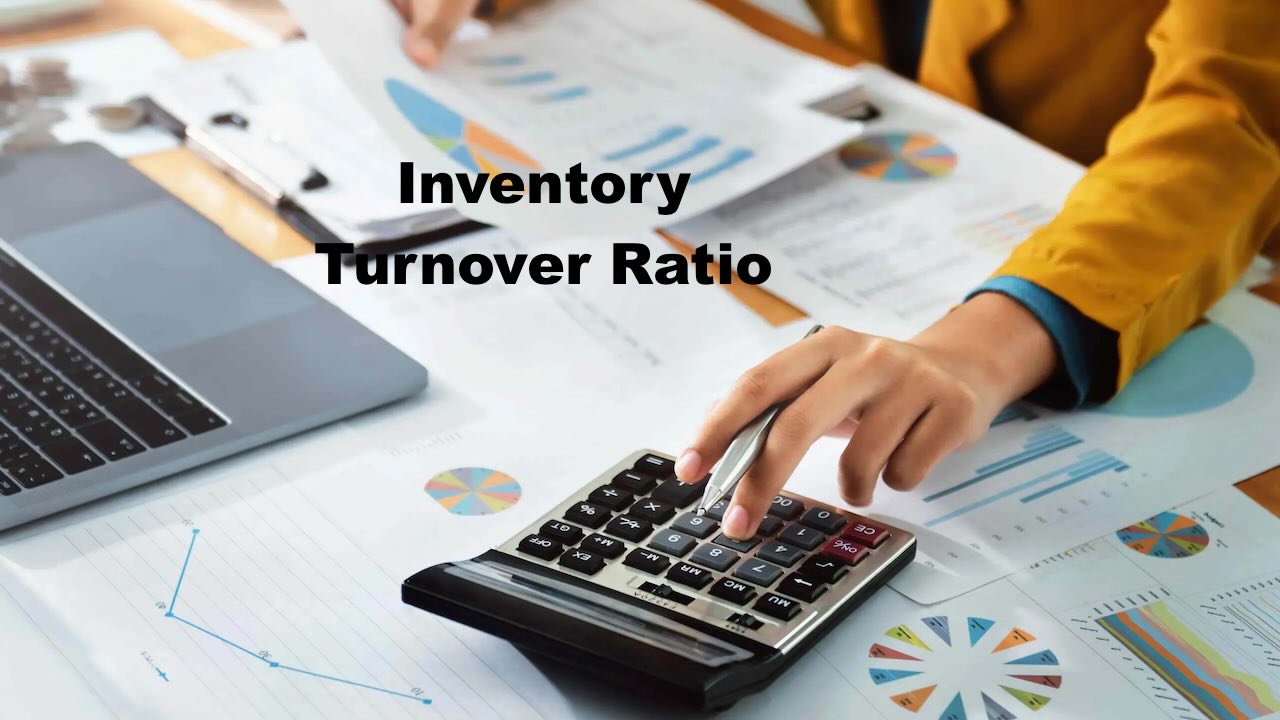The inventory turnover ratio is a common measure of the firm’s operational efficiency in the management of its assets. As noted earlier, minimizing inventory holdings reduces overhead costs and, hence, improves the profitability performance of the enterprise. Ideally, the inventory turnover ratio would be calculated as units sold divided by units on hand.
Quick Links
Inventory Turnover Ratio
Inventory turnover is an indication of the number of times inventory is sold or used during a specific time period such as one year. It is a good measurement to assess the frequency of movement of inventory towards production and thus it is a better indicator to look at the ups and downs in sales.
Formula :
Inventory turnover ratio = Cost of goods sold / Average inventory.
Average inventory =1/2(opening stock closing stock).
Cost of goods sold = opening stock inventory purchased during the year – closing stock.
Cost of Goods Sold (COGS): The direct costs involved in producing goods or services sold.
Average Inventory: The average value of inventory held during the period.
Example
Let’s say a company has a COGS of Rs. 1,200,000 and an average inventory of Rs. 100,000.
Inventory Turnover Ratio = 1,200,000 / 100,000 = 12
This means the company sold its entire inventory 12 times during the period.
Analysis :
- When compared to the industry’s ideal ratio the higher the ratio of inventory turnover, the better the performance of an entity’s overall inventory is, which means movement of inventory indicates better production thus there are sound sales. And the company is practicing an effective inventory management process.
- When the stock turnover ratio is low, this may indicate that the company does not keep or does not have sufficient quality of stock on hand to meet the production requirements. This may even lead to the backorder of some products.
- As said in my previous posts on financial ratios, there should be uniformity in the businesses being carried on by the companies whose inventory ratios you want to compare.
Limitations :
1. The inventory turnover ratio is not a perfect financial ratio. Like wise other financial ratios, this also depends on many assumptions.
2. Even in the case of a higher inventory turnover ratio, Carrying too little amount of inventory may result in a loss of sales, as products that customers need may not be readily available on time.
3. A high turnover ratio may give an impression that the company has effective inventory management and good demand for its products in the market, but does not tell you whether inventories were too low and there is a risk that existing customers may switch over to substitute products in the industry due to the backorder that occurs as a result of non-availability of inventory at peak periods.
4. Moreover, the opening and closing inventory levels for the period may be misleading.
In Conclusion
The inventory turnover ratio (ITR) is a valuable tool for evaluating a company’s inventory management efficiency and its overall financial health. A higher ITR generally indicates better performance, while a low inventory turnover ratio may indicate potential problems that need to be addressed.
Must Read: Top Accounting Firms in the World







